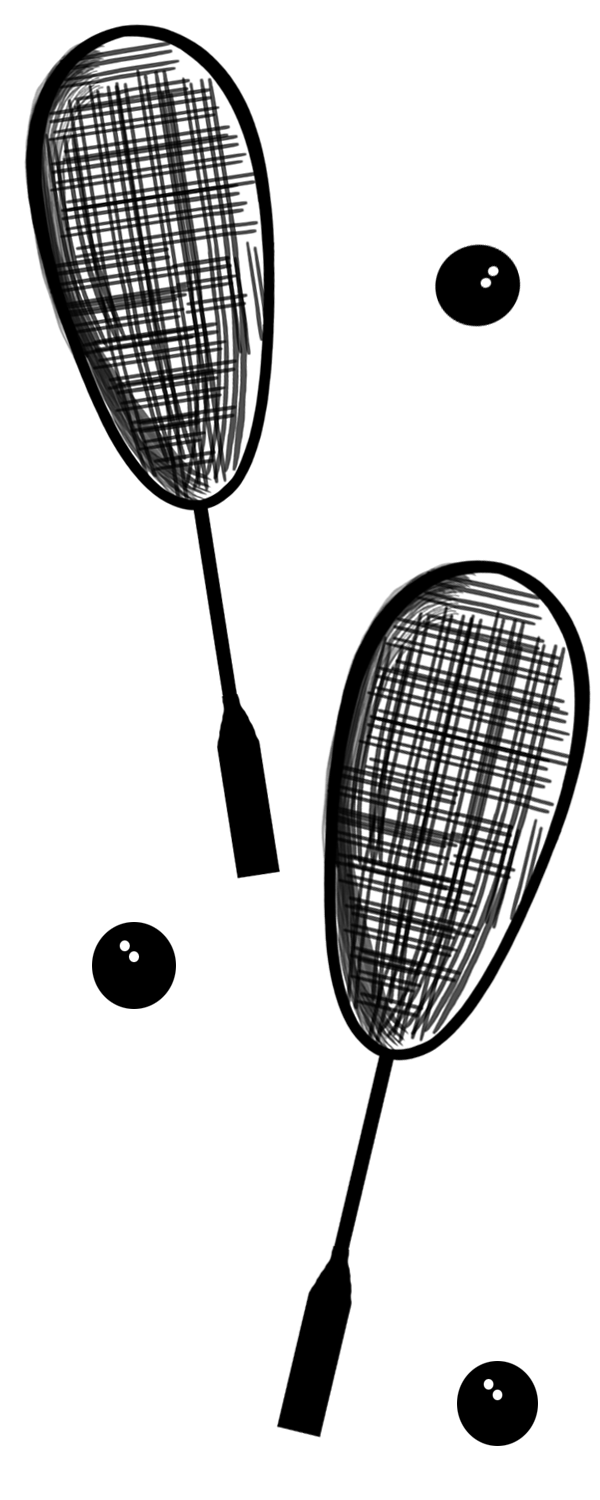Big things are happening with racquet sports on Chicago’s South Side. Last May Mayor Rahm Emanuel and XS Tennis announced the construction of a gargantuan $9.8 million tennis facility in Washington Park, slated for completion this spring. Then, late last August, MetroSquash, a non-profit squash-cum-afterschool program catering to CPS students on the South Side, broke ground on its new Woodlawn facility at 61st Street and Cottage Grove Avenue. The facility will be comprised of eight squash courts (including one doubles court), four academic classrooms, a computer lab, locker rooms, and administrative space. When finished, it will be the largest standalone squash facility in the Midwest.
In addition to its squash programs, MetroSquash provides its students with afterschool academic support, homework help, and test prep. Since its founding in 2005, MetroSquash has primarily operated out of the University of Chicago’s squash courts at the Henry Crown Field House at 56th Street and University Avenue, holding its academic sessions at University Church one block south.
“What the facility is going to allow us to do is double the capacity of the program,” said David Kay, the executive director of MetroSquash. With their own facility, the program will also operate more easily on evenings and weekends.
In its current location MetroSquash can serve 130 students of all ages, from fifth graders through college sophomores. The new facility will be able to support at least 300 students year-round, though Kay says this is a conservative estimate. A few years back, when MetroSquash first discovered the available lease on the Woodlawn lot, the “long-term plan,” says Kay, “was to have the squash space, the academic space, and the administrative space all together.”
At 21,000 square feet, the Nagle Hartray-designed building will cost $8 million to build. While much of that money is coming from funding raised by MetroSquash over the past few years, $1.5 million comes from the New Markets Tax Credit program, a part of the Community Renewal Tax Relief Act of 2000 aimed at revitalizing lower-income neighborhoods.
Since the city granted Woodlawn tax increment financing (TIF) status in 2010, the neighborhood has seen its share of redevelopment. Though the new MetroSquash facility will sit just one block outside the TIF zone’s boundaries, Kay still considers the project “one piece of the puzzle of the community redevelopment and revitalization of the neighborhood.”
Currently, MetroSquash’s major partner institutions include schools in Woodlawn such as Fiske Elementary and the UofC’s Woodlawn Charter Prep High School, as well as Hyde Park schools like Kozminski Community Academy and Kenwood Academy.
In discussing the new facility, Kay was careful to emphasize the academic aspect of the MetroSquash. “We want people to focus on what we do outside of the squash court as well,” he says. “In reality, we’re a holistic program aimed at producing college-level students.”
Kay notes the sport’s recent growth in popularity, attributing it in part to the fact that almost any able-bodied person can play it. (Sixty percent of MetroSquash’s students, he says, are girls.) “The other major thing is the [sport’s] connection with education,” Kay explains. He alludes to the blue-blooded sport’s traditional affiliation with Ivy League schools: “It can be a real differentiator for students applying to colleges.”
Kay expects the facility to be completed sometime this May, at which time MetroSquash will finally have a home of its own on the South Side. “The program, we feel, has been a hidden gem—tucked away within the University of Chicago campus,” he says.
In the Woodlawn site, Kay says, MetroSquash will be able to expand into a new community, albeit still drawing resources from the UofC. “We feel very excited to be part of Woodlawn,” he said. “We’re ready to serve the community and to be a safe place for kids to learn.”

